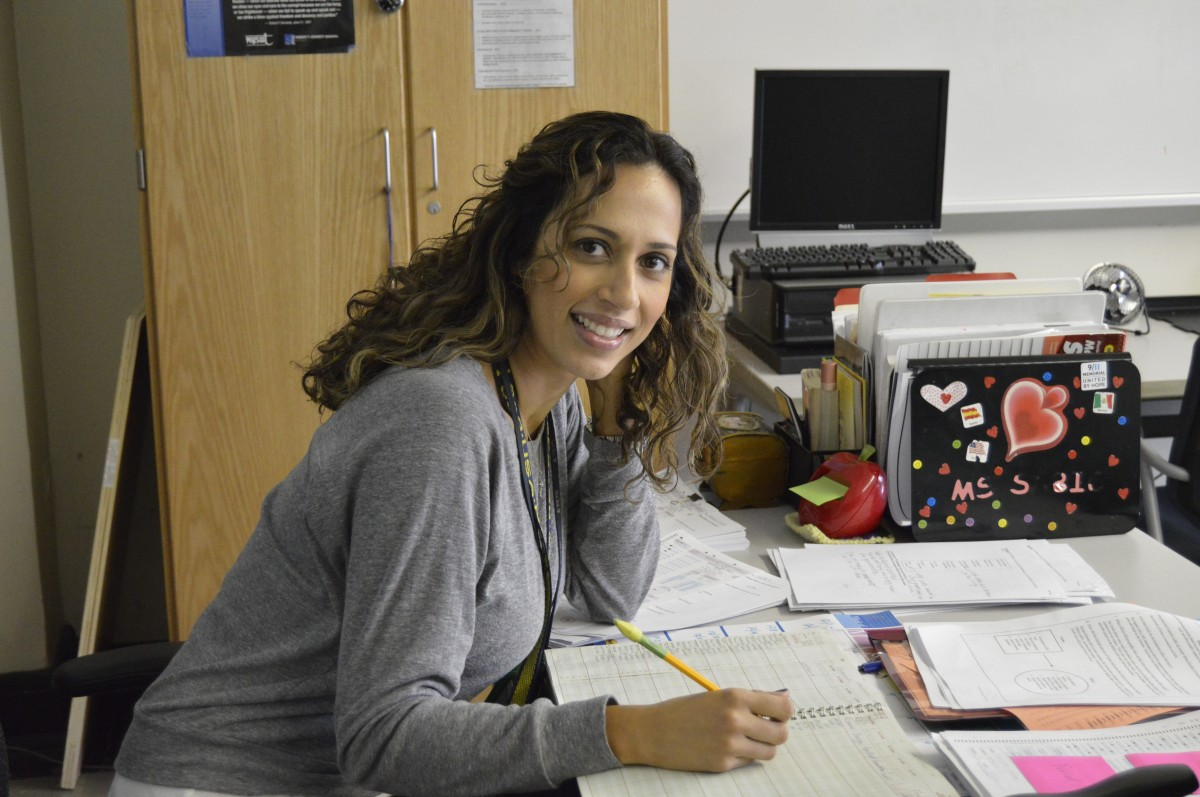6 Helpful Tips for Teachers Based on Best Practices

|
Getting your Trinity Audio player ready...
|
If you’re a teacher, then you know that the profession is full of surprises. You never know what might happen from one day to the next.
Despite the unpredictability of teaching, there are some helpful tips that can be implemented to make your classroom feel calm and predictable.
Thankfully, you can find numerous teaching tips, teacher resources worksheets, and best practices both online and offline.
The book, Professional Capital: Transforming Teaching in Every School, is an offline resource that inspired this post.
Below I share six helpful tips that teachers can follow to foster a successful learning environment, while utilizing best practices in teaching.

6 Helpful Tips for Teachers Based on Best Practices
1. Check for understanding often, using a variety of methods.
For instance:
- Ask questions.
- Have students explain or demonstrate back the concept to you.
- Allow students to create something to reflect what they learned.
- Have students who have trouble with communication demonstrate understanding by picking from options (e.g., which picture shows the concept).
2. Plan ahead so you are prepared and you feel confident in what you are delivering to your students.
Map out your course of action for the week, so you can avoid unnecessary stress. You will also provide a more productive and effective learning experience for your students when you have a plan in place.

3. When possible, set up for the next activity while students are completing the current one.
Setting up ahead of time makes for a smooth and speedy transition with little to no downtime.

4. Design the end goal and end product first (also known as backward planning).
What do you want your students to achieve? For instance, you may want them to learn how to add and subtract double-digit numbers.
How will they show you their understanding of the concepts? Taking written tests, playing a math game, using an app, etc.
Once you know what you want them to learn, and how you will measure their attainment of this goal, you can start from the beginning, designing the lessons needed to obtain the end goal and final product.
5. Show students what you expect from them through work samples and behavior.
Use real student work samples or create examples to model what it is that you want students to provide, create, or design.

Model positive behavior, work ethic, enthusiasm, motivation, etc. when working with your students as well if these are the traits you want them to reflect.
6. Don’t throw any papers, work samples, etc. away, especially if you are in your first few years of teaching.
It’s not a good feeling to realize you needed something that you can’t access again.
Education and Behavior – Keeping Adults on the Same Page for Kids!






